Discover Why Does My Sewing Machine Keep Unthreading: 2024
If your needle keeps unthreading, you’re not alone. Let’s investigate the most frequent reasons for this problem and how to resolve it so the thread will stay in place.
Why does my sewing machine keep unthreading? The most common reason the thread will jump out of the needle is incorrect tension.
Double-check that you have set the right tension and check the needles for burrs. Finally, use a quality thread to avoid this issue in future projects.
Why Does My Sewing Machine Keep Unthreading: Complete Guide
If your sewing machine thread is unthreading often, here are 19 reasons why that might be the case and how to quickly fix them:
Check the Thread Tension
First, let’s cover the most common mistakes.
If the machine is not threaded correctly, it will often unthread itself.
It’s crucial to ensure that the thread tension is correct, and if your stitches are too loose, you’ll need to tighten the thread. Experimenting with different tensions may help solve the problem.
If your spool is the wrong size, the thread might continually jump out of the needle. Ensure that the spool is installed correctly and spinning smoothly without any shaking or movement.
Checking the Thread For Little Bumps, Knots, and Irregularities
If the thread is constantly getting tangled in your needles, it’s likely because the thread quality is low or the sizing doesn’t fit well. In this case, you’ll need to get a new type of thread that fits better.
A thread mounted on a foam spool is generally not ideal as it can cause issues such as unthreading. Additionally, Avoid using old threads; even if they are your grandmother’s shoebox of thread might not be the best option.
The needle you’re using may have too small of a hole. A topstitch needle usually has a larger hole which might fix the problem.
Insert the Thread From the Front
Be sure to thread the needle hole from the front and then towards the back.
If you’re threading the needle from the back, you’re doing it wrong. This is necessary for both the machine’s functionality and to keep the thread inside the needle eye.
If correctly threading the needle proves difficult for you, try using a topstitch needle (with a bigger hole) or self-threading needles.
These self-threading needles are perfect for those who have impaired vision or a tremor in their hands. Check this post for more tips on sewing machines for seniors.
Many newer sewing machines from well-known brands come with a system that threads the needle for you. Some models will thread the machine automatically, while others have a small arm you can press down to guide the thread through the needle hole correctly.
Check the Footer
The footer is usually the problem. The metal around the hole for the needle can damage or scratch the thread, causing it to fall out.
If there are scratches on the surface and the needle hits it while in use, chances are the foot is broken in that area. This is especially true when you’re using a zigzag stitch or embroidering.
If you believe the footer to be faulty, attempt filing it down for a smoother surface. It’s not always simple to fix an existing problem, but it’s worth a shot.
Before beginning any sewing project, be sure to use the standard footer. To avoid Sewing machine needle sticking issues, you can move the needle slowly up and down while inspecting the area around the footer to ensure it’s clear.
Some machines have different types of footers; if you want to try a new one out, check your manual first as they might not look alike on every brand.
Check The Bobbin Case
This also applies to the bobbin. Ensure that there is nothing near the needle and be vigilant for dust or other objects that don’t belong.
Whenever you break a needle, make sure to dispose of the remnants and clean the area completely. If anything seems unusual, take action right away.
If there are loose parts or lint around the bobbin case, it can cause larger problems when sewing. Be sure to fix this before starting your project.
If you use the incorrect bobbin or an unoriginal one, problems like unthreading can occur. Always utilize the bobbins that came with your machine if it gets broken, get a new one just like the old one.
You’re Not Feeding Your Fabric Correctly
If you’re not feeding your fabric properly and allowing it to move under the foot of your machine, then this could cause problems with threading (and other issues).
The best way to avoid problems when sewing is to make sure that you move your fabric forward as you start stitching.
Your Needle Is Not Sharp Enough
The primary issue you’re having when your needle repeatedly unthreads while you sew is that it has dulled or become bent over time. It becomes increasingly harder for the needle to pierce through the fabric and correctly thread it when this occurs.
To avoid damaging your fabric, you’ll want to be mindful of how hard you press the foot pedal or push with your hands. Remember that too much force is never a good idea.
Related Post: How to Sharpen Your Sewing Pins In 2 Minutes
Needle Damage and Defects
If you’re sure that the thread is correctly running through the sewing machine, then the needle might be damaged and causing it to unthread.
Unthreading and shredded thread are usually signs of damaged needles, but not always. You should replace your needle after a solid 8-hour day’s work of use.
If you start up the machine and the needle hits a solid object on the garment, that counts as damage too.
You might sew rarely, but eventually, you will need to replace your sewing needle. Even though it’s an additional cost and time commitment, replacing the needle is much less trouble than unthreading issues caused by a dull or damaged one.
Incorrect Tension Settings on Your Sewing Machine
The other potential reason your needle might be coming out of its groove is because of incorrect tension settings on your sewing machine.
If the tension on your sewing machine is off, this could cause missed stitches, broken threads, or damage to the machine.
The Thread Isn’t Threaded Correctly
If the thread isn’t threaded through the needle correctly or has snapped off at the eye, this is most likely because it was too long and caused friction against other parts of your sewing machine.
If this occurs, take any excess thread from around the eye of your needle by removing it from its holder. With tweezers or pliers, gently pull the thread out until only about 1/4-inch is attached.
Must Watch this video about how to thread the sewing machine properly:
Using a Poor-Quality Needle
Poor-quality needles will snap easily and might not go through the fabric hole correctly.
The end of the needle should be dull and pointed, not sharp or flat. Also, the eye of the needle should be roomy enough for the thread to pass without any trouble.
Thread Is Thin or Thick for Your Machine’s Settings
Depending on the model, machines typically have unique settings for various types of fabric and threads.
Before you start your project, be sure to adjust your machine properly for the material you’ll use. Otherwise, it could break or jam while sewing.
The Needle Is Too Short
If the thread is not correctly threaded through the eye of a needle, it may be twisted or folded over, making it tear when you try to pull it through the eye.
If the thread is too thin, it may break when you try to sew with it.
Broken Thread
A possible cause of your sewing machine needle coming unthreaded when you start it is that the thread has become damaged or broken.
If you try to begin again without taking out the old thread first, this can occur if you leave your project undone.
You may have accidentally kinked your top thread while stitching, which would cause the issue you’re experiencing. To fix it, try using a new thread and be more careful in the future.
Thread Not Properly Wound Around the Bobbin
If your thread becomes unthreaded constantly when you start to sew, the spool of thread might not be wrapped around the bobbin correctly.
If you want your machine to run smoothly, be sure to put in a new spool of thread that’s wound correctly. This means the top and bottom should both easily feed through the new thread.
A Mismatched Spool
If the thread on your sewing machine is constantly jumping out of the needle, it may be due to an issue with the spool.
The wrong size spool or a spool installed incorrectly can make it difficult for the thread to stay in place. Make sure to check that the spool is correctly sized, placed, and spins without shaking.
Thread Tails Not Long Enough
If you’re new to sewing, make sure to leave long tails of thread on both sides so they don’t get cut during the process.
If they do end up getting cut, it can create issues later down the road when you start sewing again.
Needle Not in Its Highest Position
If you don’t start sewing with the needle in its highest position, it won’t go through the fabric correctly. This can make the machine bend or break, making it harder to move forward.
Before you begin any project, it is important to make sure that all needles are set to their highest position.
Thread Size Not Matched to Needle Size
If you’re using a smaller thread size needle than recommended for your machine, this could cause your needle to break because it wasn’t made for such small threads.
If you select to use a smaller thread size than what is recommended by your sewing machine’s manufacturer, confirm that it can still withstand your machine’s demands.
More Help for Sewing Machine Unthreading
Your sewing machine’s user manual is an excellent resource not just for thread-related difficulties, but also for more general issues.
In addition to explaining how to correctly thread your machine, it will also mention any unique features that set it apart from other models.
Fortunately, the Internet can help you out if you lose or damage your user manual. Search for your brand and model plus “user manual” on your favorite search engine, and you should be able to find it.
Start with the manufacturer’s website when searching for your model’s manual online. Online repositories may be first in the results, but manufacturers will usually offer manuals for free as PDF downloads.
Repositories could charge for access to an otherwise free PDF, and lists made by other sewing enthusiasts can become outdated if companies update their websites often. If the manufacturer doesn’t offer a PDF, then look into secondary resources.
If the product manual still doesn’t make sense to you, look for online forums related to the particular brand.
Others have likely had similar problems as you and might have already asked for help from more experienced users.
Customers’ feedback is not always accurate, but it can be helpful to receive advice based on what has worked in the real world.
Lastly, take your machine in to get it inspected and repaired. If your machine is no longer under warranty though, the cost of repairs may end up being more expensive than just replacing a cheaper sewing machine outright.
This option can be worth considering for pricier machines though if you’ve already tried all the other options first.
Why Does My Needle Keep Unthreading
If your upper thread is coming unthreaded after you’ve threaded the needle, there are several potential reasons. Follow these 9 steps below to fix the problem.
- If your upper thread isn’t threaded correctly, first check to see if the spool is installed properly. If not, re-install it and ensure you’re using a spool cap that corresponds with your spool size. Also, check to see if the thread has come out of the needle bar thread guide.
- If the thread is tangled, gently remove the knots and tangles and rethread.
- The upper thread tension is set too tightly. To fix this, reduce the upper tension.
- If the thread is tangled in the bobbin case, carefully remove it.
- If the needle is bent or has a burr, replace it with a new one.
- Re-install the needle, making sure it is positioned correctly.
- There is a scratch or burr around the hole in the embroidery foot. Therefore, you should replace the embroidery foot.
- A new Brother bobbin will ensure that your machine functions smoothly and without interruption.
- If your machine isn’t working correctly, ensure you’re using a Brother bobbin- sometimes different brands don’t work well together.
If you are still experiencing problems with your machine coming unthreaded, please reach out to us at support and we would be happy to help!
Conclusion
I hope that now you are well aware of Why Does My Sewing Machine Keep Unthreading? In conclusion, In conclusion, a sewing machine that keeps unthreading can be caused by a variety of issues but is often related to tension, bobbin and needle issues, or problems with thread quality.
By troubleshooting these issues, you should be able to fix the problem and get back to sewing. if not after all the above steps consulting the manual or professional help is the best option.
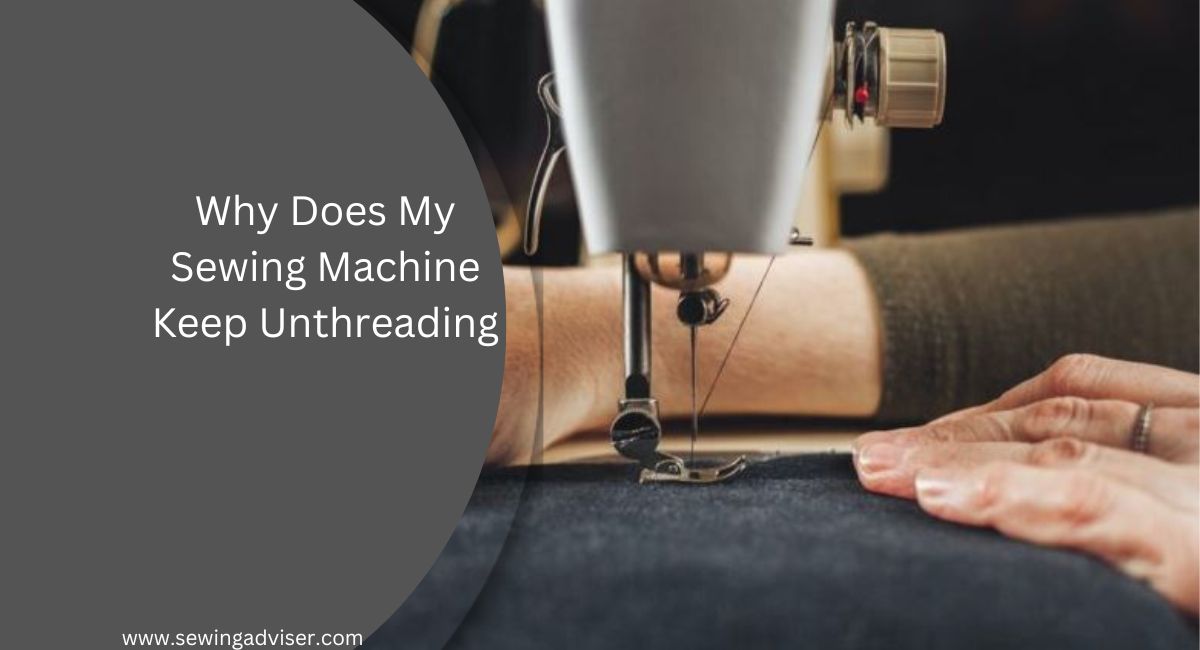
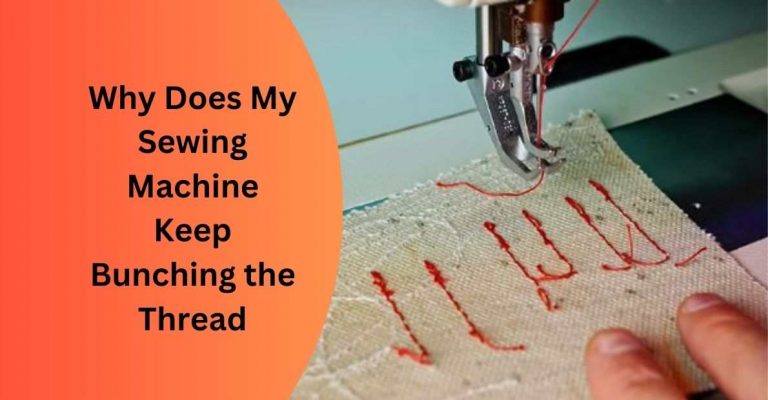
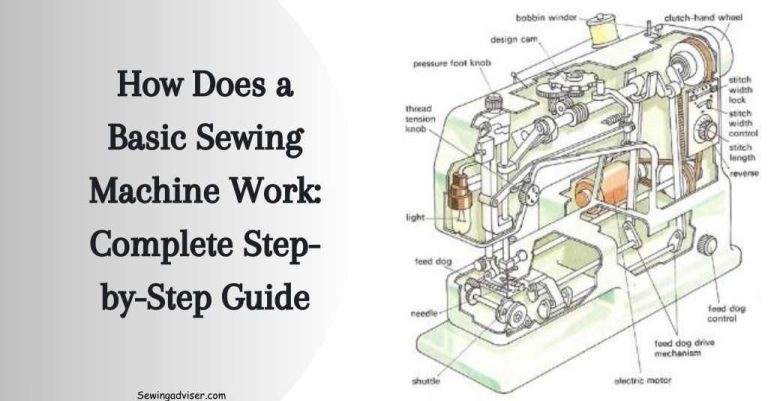
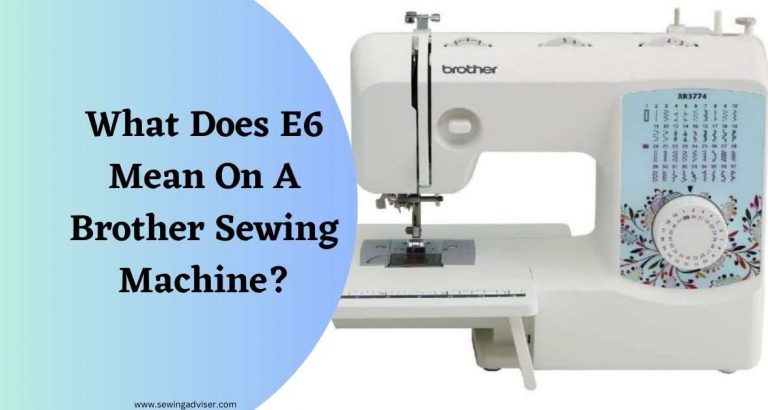
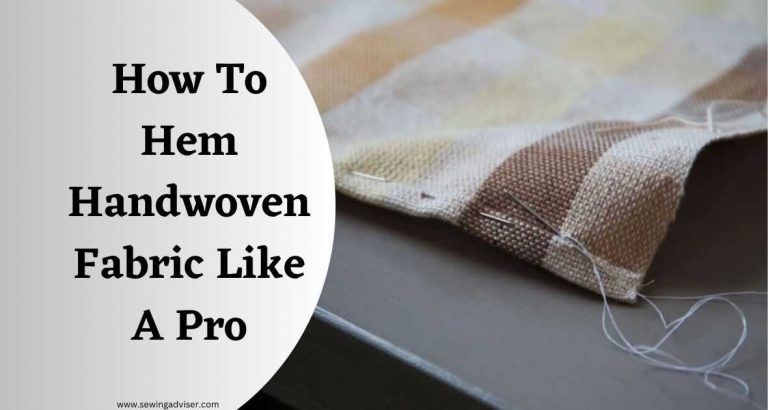
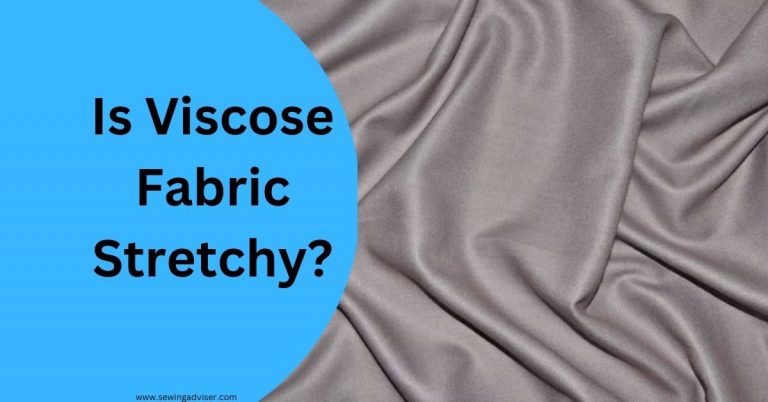
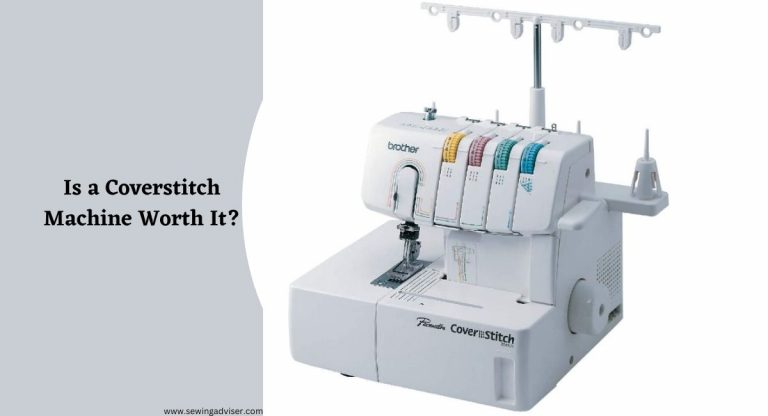
14 Comments